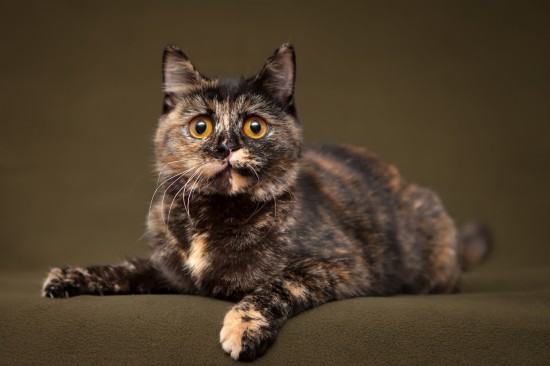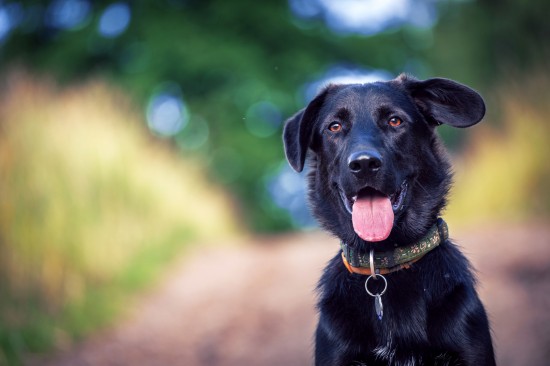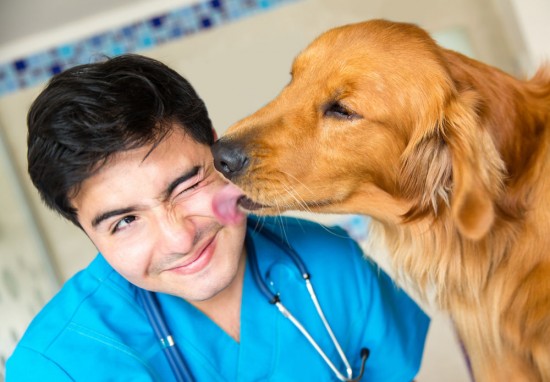
Milk Substitutes
Cow’s milk is sometimes erroneously thought to be a substitute
for queen’s milk However, analysis of cow’s milk shows that the
calcium-to-phosphorus ratio and lactose levels are too high, and
the energy, protein, and fat levels are too low to sustain a
growing kitten. Adding egg yolk (cooked over steam while
stirring) (creating enriched cow’s milk) increases the protein
and fat to more reasonable levels, but the calcium level remains
four times greater and the phosphorous level two times greater
than in queen’s milk. Enriched milk is an unsuitable substitute
for the long term, though it can be used temporarily until a
more appropriate milk replacer is obtained.
Commercial human baby formula, made up at twice the recommended
concentration, can be used on a short-term basis for kittens.
The percentage of nutrients in baby formula is similar to that
of cow’s milk, except that the lactose level is lower. However,
baby formula provides less than 50 percent of the protein and
fat that growing kittens require.
The best substitutes are commercial products such as KMR (PetAg,
Inc.), Havolac (Haver Co.), or Veta-Lac (Vet-A-Mix, Inc.), which
have been specifically formulated to closely match the nutrients
found in queen’s milk.
Feeding
Intake is limited by the size of the stomach, and excessive
fluid intake must be avoided because a newborn kitten’s kidneys
are functionally immature and have a very limited capacity.
Numerous feedings throughout the day, usually every four hours,
will prevent overloading the digestive system and kidneys. The
number of feedings can be decreased, and the intake per feeding
can be increased accordingly, as the kitten matures.
The daily intake of food is based on the kitten’s energy
requirement. Caloric requirements for the newborn kitten are
approximately 420 kilocalories per kilogram at birth, and by
five to six weeks of age it needs only 240 to 275 kilocalories
per kilogram. (A kilogram is 1000 grams, or 2.2 pounds. A
kilocalorie, a term often shortened to calorie by the
nonscientific community, is the amount of heat required to raise
the temperature of one kilogram of water one degree Celsius.) To
calculate the daily amount of milk replacer required for the
newborn follow these steps:
* Divide the kitten’s weight in grams by 1,000 to determine the
weight in kilograms.
* Multiply this number by 420 (kilocalories). The result
provides you with the number of kilocalories needed daily to
sustain the newborn kitten.
* Find the caloric concentration of the formula on the label.
Divide the amount needed by the kitten by the caloric
concentration of the milk replacer.
* Multiply the answer by the quantity of formula (in
milliliters) that supplies the specified caloric concentration.
* Take the total for the day and divide it by the number of
feedings per day.
Some milk replacers provide a feeding chart, which eliminates
the need to do any calculations. If KMR is used, do not exceed
five milliliters (one teaspoon) of formula per feeding of
newborn kittens for the first week. Thereafter, slowly increase
the amount per feeding.
Formula should not be fed to a weak and hypothermic kitten.
Instead, a dilute (5 percent) dextrose solution (sugar water)
and lactated Ringer’s solution (a sterile, saltwater solution
for injection) should be given orally as directed by a
veterinarian. Also, the kitten’s body temperature should be
gradually increased in a warm environment (85° to 90°F). Formula
can be fed after the kitten’s rectal temperature is over 94°F
When preparing formula, make up only enough for a
forty-eight-hour period and divide it into individual feeding
portions. These portions can be stored in the refrigerator.
Before feeding, warm the formula to about 100°. While warming
the formula, sterilize the feeding utensils in boiling water for
fifteen minutes to destroy harmful bacteria or viruses. All
handlers should wash their hands before feeding or handling the
kittens.
Kittens that did not receive colostrum (first milk from the
mother) should be vaccinated against rhinotracheitis,
calicivirus, and panleukopenia at four weeks of age.
Special animal-feeding bottles are available at pet stores.
These bottles have been designed to meet the needs of nursing
kittens, but sometimes the nipple openings are too small. So, if
the liquid doesn’t drip slowly from the nipple, enlarge the hole
slightly. Never force formula by squeezing the bottle while the
nipple is in the kitten’s mouth. The liquid may be aspirated
(inhaled into the lungs), causing aspiration pneumonia, which
could be fatal. A medicine dropper can also be used, although
the volume will be greatly reduced, making feedings more tedious
and time consuming.
The kitten should be fed in an upright position to avoid its
aspirating any fluid into its lungs. Bottle-fed kittens must be
burped after feeding because of the air they inhale during
feeding. Stomach-tube feeding eliminates this step; however,
other problems are associated with tube feeding, especially the
danger of choking if fluid is directly dispensed into the lungs.
Despite the drawbacks, tube feeding is considered the most
reliable method for feeding kittens unable to suckle or needing
immediate nourishment. Tube-fed kittens should be housed in
separate compartments to prevent them from sucking on each
other’s tails, ears, and feet. A small catheter (premature
infant size or 5 French) and syringe work well for tube feeding.
The catheter can be purchased in most drugstores and the syringe
can be obtained from a veterinarian.
Before passing the tube down the kitten’s esophagus, carefully
mark the tube for the proper length. This is done by measuring
the tube from the last rib, behind which the stomach is located,
to the opening of the mouth. Tape can be used to mark the
section of catheter that reaches to the mouth. This mark
indicates the point at which the tube reaches the correct
position in the kitten’s stomach.
Lubricate the tube with warm water or formula before inserting
it into the kitten’s throat while the kitten is in an upright
position, with its head tilted slightly up, insert the tube
along the roof of the mouth. If the kitten begins to gag or you
feel resistance, remove the tube and try again. Continue to pass
the tube until you reach the mark on the tube. After
administering a small amount of warm water to make sure the tube
is in the right location, slowly administer the formula over a
two-minute period. Each week, remeasure the distance from the
last rib to the tip of the mouth and re-mark the tube; the
length will increase as the kitten grows.
A kitten has received an adequate supply of food when its
abdomen feels full, but not distended. Within three weeks,
kittens can learn to drink fluid from a dish. The weaning
process can be started when they are three to four weeks old by
adding small amounts of commercial cat food to the formula.
Feeding problems usually encountered by inexperienced handlers
are overfeeding or underfeeding. A sure sign of overfeeding is
diarrhea. The intensity of the problem is indicated by the color
and consistency of the stool. The color can range from yellowish
to grayish. A grayish diarrheic stool indicates a more severe
problem and may signal impending dehydration. Failure to gain
weight, excessive crying, listlessness, and shivering occur when
a kitten is underfed. The best criteria by which to determine if
the kitten is being properly fed are: a steady weight gain of
ten grams, or one-third of an ounce, per day-and a normal stool
(firm and yellowish). The number of stools is usually the same
as the number of feedings per day.
The above is general veterinary information. Do not begin
any course of treatment without consulting your regular
veterinarian. All animals should be examined at least once every
12 months.
 Equestrian Sports And Disciplines
Equestrian Sports
Equestrian Sports And Disciplines
Equestrian Sports
 Cat Genetics Part Three - Coat Colour
Cat Genetics Part
Cat Genetics Part Three - Coat Colour
Cat Genetics Part
 How Can You Tell If Your Dog Respects You?
How Can You Tell
How Can You Tell If Your Dog Respects You?
How Can You Tell
 All You Need To Know About Ulcer In Horses
All You Need To Know About Ulcer In Horses
Ulc
All You Need To Know About Ulcer In Horses
All You Need To Know About Ulcer In Horses
Ulc
 Pancreatitis In Dogs - Symptoms And Treatment
Pancreatitis In D
Pancreatitis In Dogs - Symptoms And Treatment
Pancreatitis In D
Copyright © 2005-2016 Pet Information All Rights Reserved
Contact us: www162date@outlook.com